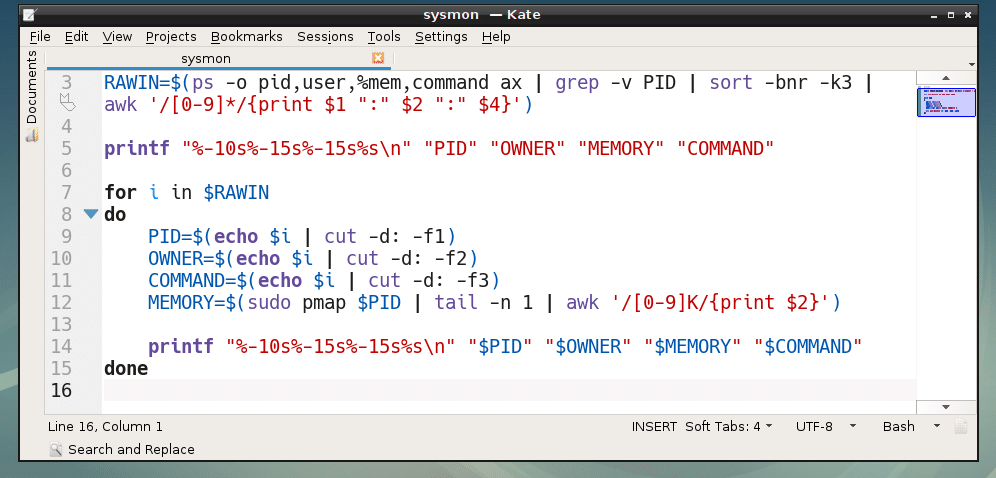

When I suspect that there is performance issues with a system, htop is one of the first tools that I use to start the investigation to what might be causing the problem. Htop is a fantastic tool that is over looked at times. Here you can change the behavior of the meter bar, customize some of the htop display options, choose a color theme for the htop output and choose what columns needs to be displayed for the processes in htop.

Display processes in a tree view by pressing the 'F5' keyĪnother useful option in htop is the setup menu which can be accessed by pressing the 'F2' key.Display processes sorted by any htop column by pressing the 'F6' key.Display only processes of a single user by pressing the 'u' key.List open files used by a process by pressing the 'l' key.Renice a process by pressing the 'F7' or 'F8' key's.Scroll the process list horizontally and vertically using the arrow keys.Htop has some very useful feature built-in to make one's life easier when working with system processes, here a list of feature that I find very helpful. For example, if a program only uses a few functions in a library, the whole library is mapped and will be counted in VIRT and SHR, but only the parts of the library file containing the functions being used will actually be loaded in and be counted under RES. In the case of libraries, it does not necessarily mean that the entire library is resident. SHR indicates how much of the VIRT size is actually sharable memory or libraries.(This also corresponds directly to the %MEM column) RES stands for the resident size, which is an accurate representation of how much actual physical memory a process is consuming.

VIRT represents how much memory the program is able to access at the present moment.

Note that loads can exceed 1.0 this just means that processes have to wait longer for the cpu. 1.0 on a single core cpu represents 100% utilization. The load average represents the average system load over a period of time. The system load is a measure of the amount of computational work that a computer system performs. Here is a list of what the colors means within relation to the memory and swap progress bars. Like the cpu progress bars the memory and swap progress bars can be comprised of different colors. Blue: low priority processes (nice > 0)īelow the cpu progress bars you will see the memory and swap progress bars.The following list will explain what each color means. As you would have noticed the progress bars can be comprised of different colors. The numbers on the top left from 1 to 8 represents the number of cpu's/cores in my system with the progress bar next to them representing the load of cpu/core. Once installed, just type htop at a terminal to launch it, Here is an example of what htop looks like on my system.
Check cpu memory usage linux install#
To install htop for Arch Linux execute the following command in a terminal sudo pacman -S htop To install htop for Ubuntu execute the following command in a terminal sudo apt-get install htop


 0 kommentar(er)
0 kommentar(er)
